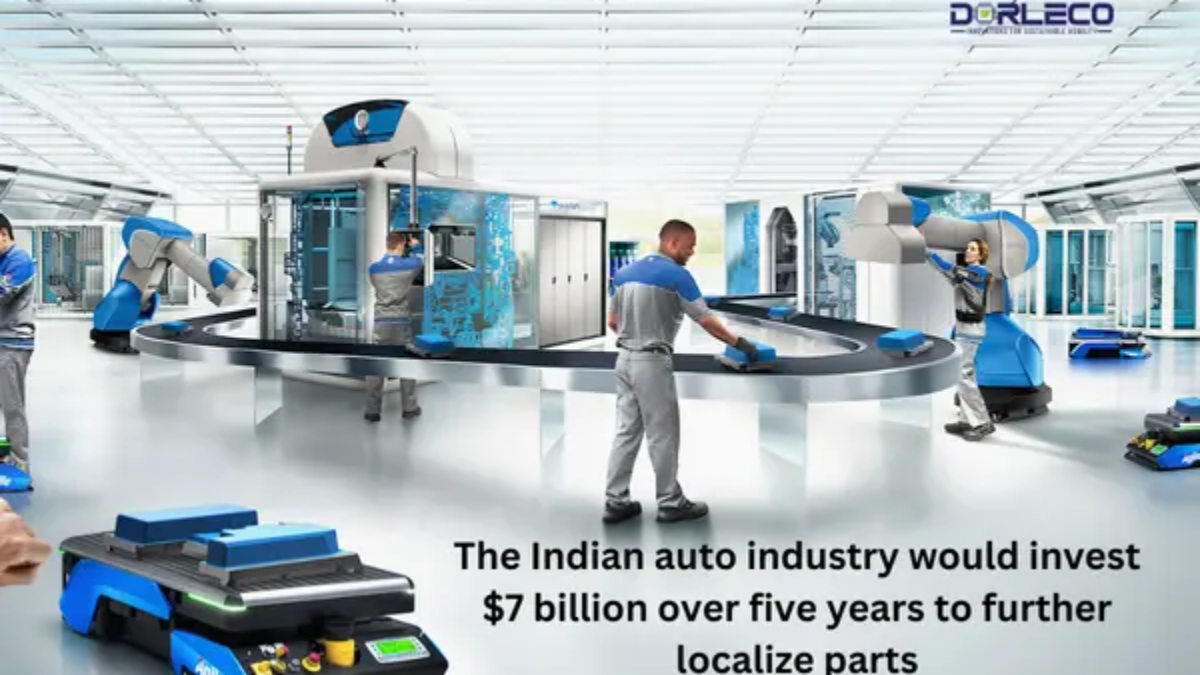Human-centeredness and automation
According to industry professionals, the combination of Human-centeredness and automation is still essential for profitable and sustainable manufacturing.
Even in this day of technology, people are still an essential part of the production process.
Automation systems will always require human knowledge for design, monitoring, maintenance, and decision-making even if they can greatly increase efficiency and precision.
Furthermore, while worries about workers’ rights, job displacement, and the effects of automation on society are legitimate and need to be taken seriously by those planning for the future, successful and sustainable manufacturing is largely dependent on the interaction of automation technology and human abilities. By doing this, the difficulties that automation brings will be addressed and its full potential will be realized. A dynamic panel discussion on this issue took place at India Inc on the Move (IIOTM) 2024.
“One of the biggest challenges facing manufacturing CEOs is developing their talent. The workforces of Gen Z and millennials can differ greatly in their training needs. Therefore, using simulation tools like gamification improves staff engagement and helps to grasp the pulse, according to Kavita Chaturvedi, COO of ITC Limited’s Snacks Business.
For learning, teaching, and comprehension to advance over time in factories of the future, efficient communication between people and machines as well as between machines themselves will be essential. To record speech, gestures, user input, machine and sensory data, and other input, a variety of communication routes that rely on sophisticated connections on the manufacturing floor will be required. Unit Head of Dr. Reddy’s Laboratories Gagandeep Kochar noted, “We decide how tech works for us.”
We have been able to become paperless thanks to integrated solutions, specifically MES on the shop floor.
Artificial intelligence and automation technology will enable people to make timely judgments with more precision and efficiency. With the aid of virtual reality (VR) technology, AI tools, and high-performance networking, they will also be able to operate more remotely and cooperatively with colleagues and machines.
It’s important to comprehend the tiny use cases that go into achieving the ideal balance of
Human-centeredness and automation, according to Kartikeyan. P, Head of Materials Management at Nokia.
In the future, most manufacturing organizations and their leaders will place a high priority on developing the talent pool needed to deliver world-class “smart and sustainable” factories.
Priorities would include intervening and supporting curriculum development through partnerships with institutions and by leveraging start-up innovation.
Several advantages of Human-centeredness and automation element include:
- It provides talent with a much-needed competitive advantage.
- Exponential precision in the modeling instrument
enhances the integrity of data - The “Golden Tunnel” for crucial process parameters is created by it.
- It produces astute investigators for both remedial and preventive measures.
- It supports productivity tools; there are applications for digital technology that increase effectiveness.
- Digital twins of equipment and procedures are designed to maximize employee benefits.
The future factory is a vision that is well within reach if the finance and business decision-makers have the right buy-in. While leaders acknowledge that the payback calculation may not work precisely, many permutations and combinations can be skilfully explored, including human-robot collaboration.

